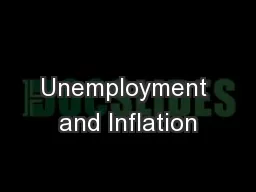PPT-Should Anyone really Worry about Inflation
Author : CharmingCheeks | Published Date : 2022-08-02
Andrew K Rose NUSBusiness Motivation large government fiscal support for pandemic COVID19 pandemic has caused an enormous expansion of government support in many
Presentation Embed Code
Download Presentation
Download Presentation The PPT/PDF document "Should Anyone really Worry about Inflati..." is the property of its rightful owner. Permission is granted to download and print the materials on this website for personal, non-commercial use only, and to display it on your personal computer provided you do not modify the materials and that you retain all copyright notices contained in the materials. By downloading content from our website, you accept the terms of this agreement.
Should Anyone really Worry about Inflation: Transcript
Download Rules Of Document
"Should Anyone really Worry about Inflation"The content belongs to its owner. You may download and print it for personal use, without modification, and keep all copyright notices. By downloading, you agree to these terms.
Related Documents

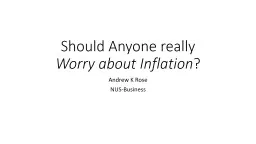

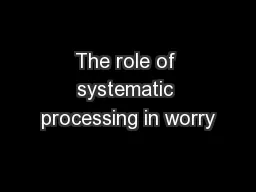
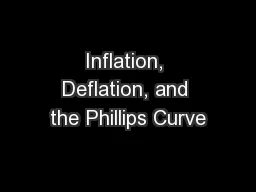
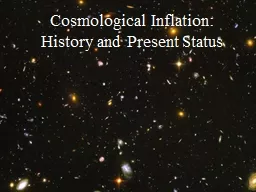

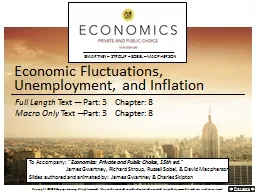

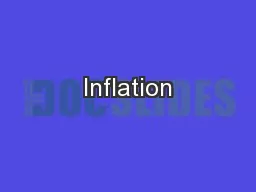
![[22] Then Jesus said to his disciples:](https://thumbs.docslides.com/584870/22-then-jesus-said-to-his-disciples-therefore-i-tell-yo.jpg)
